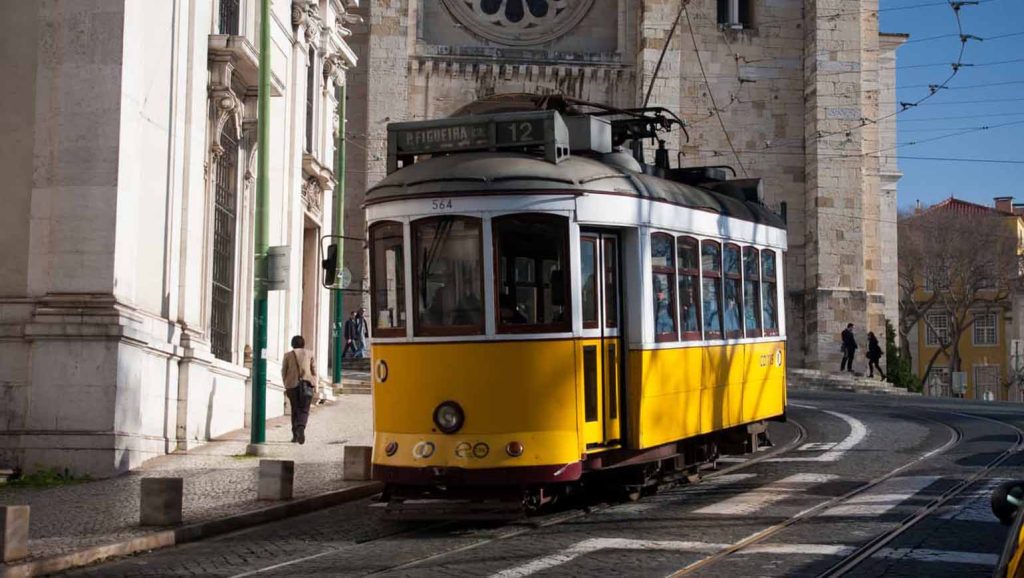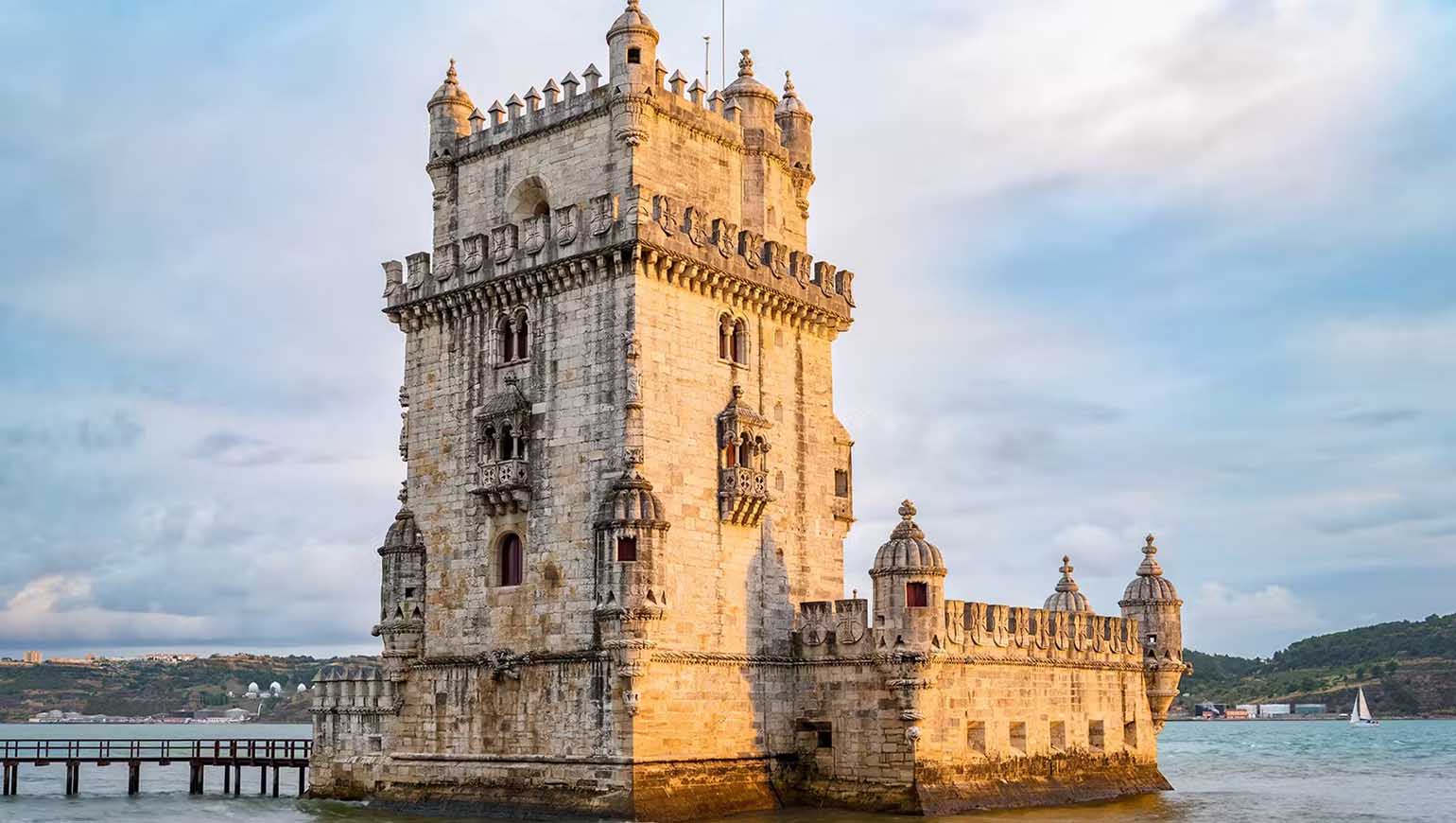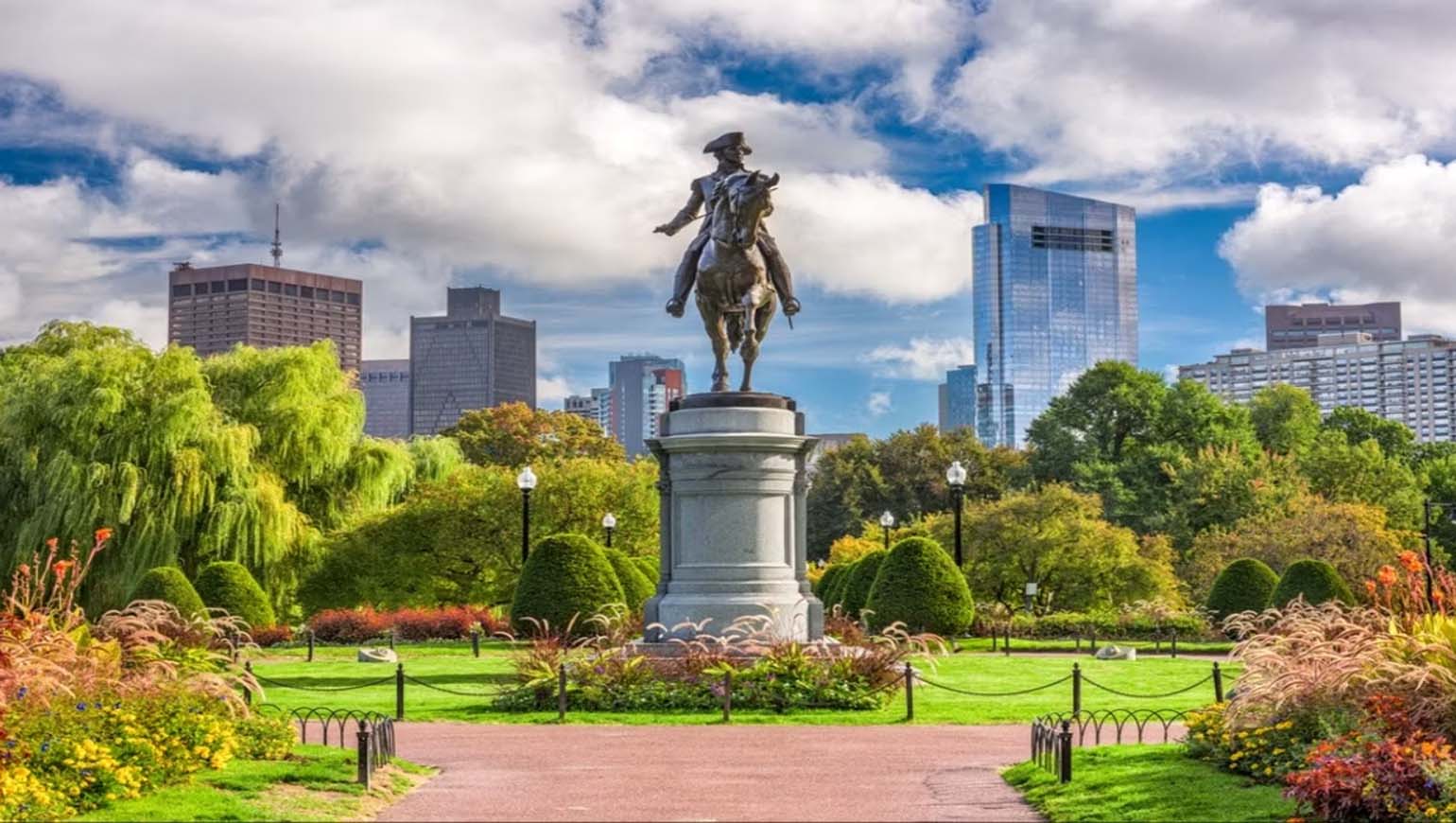Lisbon, the city located on the west coast of Portugal, attracts visitors from around the world with its unique geography, rich history, and captivating urban landscape. As the capital of Portugal, Lisbon is not just a modern metropolis, but every street, every building, and every attraction emanates a profound historical and cultural atmosphere. I’ll show you five must-see attractions in Lisbon that will give you a unique experience of this city.
1. Belém Tower (Torre de Belém)
Historical Background and Cultural Significance
Located in the Belém district of Lisbon, Belém Tower is one of the most iconic landmarks of Portugal. Built in the 16th century, it was originally a defensive tower designed to protect the port of Lisbon. The tower has been listed as a UNESCO World Heritage site and symbolizes Portugal’s maritime history. It was once the starting point for many explorers during the Age of Discovery, launching them on their voyages across the seas.
Highlights to Visit
Visitors to Belém Tower can ascend to the top of the tower and enjoy stunning panoramic views of the surrounding area, including the beautiful Tagus River and the other famous landmarks of Belém. The architectural style of the tower combines Gothic and Renaissance elements, with intricate carvings and decorations that are truly awe-inspiring. Additionally, the area around Belém Tower is home to several other significant attractions, such as the Jerónimos Monastery (Mosteiro dos Jerónimos) and the Maritime Museum of Portugal.
Tips
It is advisable to buy tickets online in advance to avoid long queues, especially during peak tourist season. You should also plan your visit in advance as there are other remarkable attractions in the Belém area, such as the Jerónimos Monastery and the Belém Cultural Center, that are worth exploring.
2. Alfama District (Alfama)
A Blend of Tradition and History
Alfama is one of the oldest neighborhoods in Lisbon and is considered the birthplace of the city’s history. Walking through the Alfama district feels like traveling back in time, with its narrow streets, ancient buildings, and traditional Portuguese ambiance immersing you in a rich historical atmosphere. Alfama is home to many charming alleys, squares, and historic churches, making it a great place to learn about Lisbon’s history and culture.
Highlights to Visit
A must-see attraction in Alfama is the São Jorge Castle (Castelo de São Jorge), which stands on a hilltop offering the best views of Lisbon. From the castle walls, you can look out over the city’s neighborhoods, the port, and the distant sea. In addition, Alfama is famous for its Fado music bars, where you can experience traditional Portuguese music, a soulful part of the country’s culture.

Tips
The streets of Alfama are very narrow, so it’s recommended to wear comfortable shoes for walking. If you enjoy photography, don’t forget to bring your camera as the district’s streets and alleys are full of picturesque scenes—perfect for taking stunning photos.
3. Lisbon Cathedral (Sé de Lisboa)
A Religious and Architectural Gem
As one of the most significant religious buildings in Lisbon, the Lisbon Cathedral (Sé de Lisboa) is not only a monumental piece of Portugal’s architectural heritage but also a symbol of the city itself. Dating back to the 12th century, it is one of the oldest cathedrals in the country. Originally constructed in the Romanesque style, the cathedral later incorporated Gothic and Baroque elements, making it a perfect example of Portugal’s evolving architectural tastes over centuries. It stands as an emblem of Lisbon’s resilience, having survived several earthquakes and still standing proudly at the heart of the city.
Highlights to Visit
The interior of the Lisbon Cathedral is truly a marvel, with its soaring Gothic arches that give it an air of solemnity and grandeur. The cathedral’s beautiful rose window, which is an exquisite example of medieval craftsmanship, illuminates the space with a soft, colorful glow. Inside, the altars are adorned with intricate carvings and religious artwork, each telling a part of Portugal’s spiritual history. The cathedral also houses several relics, which are integral to its religious significance. For a deeper understanding, consider joining one of the guided tours offered at the site. These tours not only provide historical context but also highlight the lesser-known details of the cathedral’s construction and its pivotal role in Lisbon’s religious life through the centuries.
Tips
The Lisbon Cathedral is an active place of worship, so it’s important to remain quiet and respectful during your visit to avoid disturbing religious services. If you’re interested in historical architecture, take your time to appreciate the detailed elements of the cathedral’s design.
4. Rossio Square (Praça do Rossio)
The Intersection of Culture and Commerce
Rossio Square is one of Lisbon’s most famous squares, located in the heart of the city. It has been the site of numerous important social and political events in Portugal’s history, witnessing moments of significant change and development. Over the years, the square has evolved from a place of public gatherings to a vibrant cultural and commercial hub. Today, Rossio Square is surrounded by bustling commercial areas, featuring a variety of shops, restaurants, and cafés, making it a perfect blend of culture and modern life. The square is also an excellent starting point for exploring other parts of the city, offering easy access to nearby attractions like the Santa Justa Lift and the National Theatre of D. Maria II.
Highlights to Visit
At the center of Rossio Square stands an impressive fountain, designed in the 19th century, which is flanked by majestic statues of historical figures, adding to the square’s grandeur. The surrounding ancient buildings, with their intricate architecture and beautiful façades, create a rich historical atmosphere that transports visitors back in time. The cobblestone streets lead to vibrant areas filled with shops selling local goods, making it an ideal place to purchase Portuguese souvenirs like ceramic tiles and handcrafted jewelry. Visitors can also enjoy a wide range of cafés and restaurants in the square, offering delicious Portuguese dishes such as bacalhau (salted codfish) and pastéis de nata (custard tarts), providing an authentic culinary experience. During the summer, the square often hosts music performances, street artists, and cultural events, giving visitors a fantastic opportunity to experience Lisbon’s lively local culture in an open-air setting. The mix of historical charm and modern activity makes Rossio Square a must-see destination for any traveler.
Tips
Rossio Square can get quite crowded, so if you prefer to avoid the crowds, it’s recommended to visit early in the morning or later in the evening. There are also many shops and handicraft stalls around the square where you can pick up local souvenirs.
5. Lisbon Tram 28 (Elétrico 28)
A Classic Mode of Transport and Sightseeing Tour
Tram 28 in Lisbon is not just a mode of transportation, but an iconic and delightful way to explore the city’s rich history and vibrant neighborhoods. Known as “the most beautiful tram route in Lisbon,” this historic tram line offers an immersive journey through the heart of Lisbon, making it one of the most popular activities for tourists. The tram’s traditional yellow color adds to its charm, and as it clatters through narrow, winding streets, it offers a nostalgic and scenic ride that connects some of Lisbon’s most fascinating areas. Aboard Tram 28, you can take in the stunning sights of Lisbon, from its ancient architecture to its panoramic viewpoints, all while learning about the city’s deep cultural roots.

Highlights to Visit
Riding Tram 28 is an easy and enjoyable way to visit a variety of Lisbon’s must-see attractions. As the tram winds its way through the city’s picturesque streets, it passes by landmarks such as the São Jorge Castle, perched high on a hill and offering magnificent views over the city. You’ll also pass the Lisbon Cathedral (Sé de Lisboa), a stunning architectural wonder, and continue towards the Belém district, home to the famous Belém Tower and the Jerónimos Monastery, two key symbols of Portugal’s Age of Exploration. Along the way, the tram also travels through the charming Alfama district, known for its narrow alleys, traditional Fado music, and vibrant atmosphere, as well as the lively Bairro Alto, a neighborhood famous for its nightlife and cultural scene. As you sit on the tram, you’ll witness Lisbon’s vibrant street life, with its cobblestone streets, colorful buildings, and iconic tiled facades. The soft glow of the afternoon sun filtering through the tram windows further enhances the city’s enchanting beauty, making it a perfect sightseeing experience.
Tips
Since Tram 28 is very popular among tourists, it’s best to check the tram schedules in advance to avoid crowded peak times. For the best photo opportunities, try to ride the tram in the morning or late afternoon when the light is soft and perfect for capturing the city’s beauty.
Lisbon is a city full of charm, with a rich history and culture. Whether it’s the maritime history of Belém Tower, the traditional streets of Alfama, or the religious significance of the Lisbon Cathedral, each place offers a unique glimpse into the city’s character. By visiting these must-see attractions, you’ll not only gain a deeper understanding of Lisbon’s history and culture but also enjoy its stunning landscapes. During your trip to Lisbon, don’t forget to experience the city’s charm firsthand and create lasting memories of this incredible destination.




